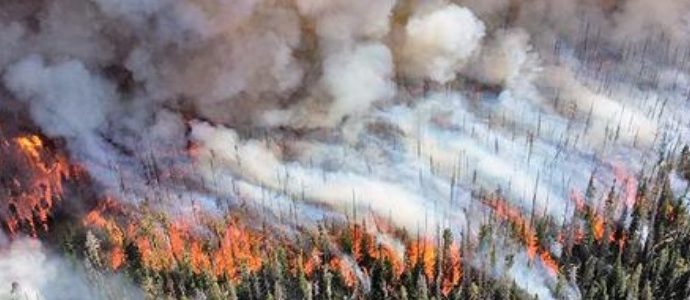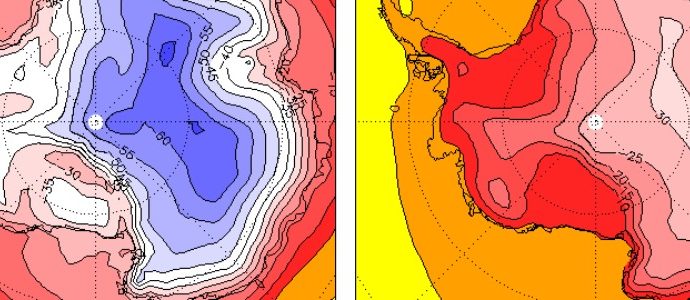NOAA Issues a Record-Breaking North Atlantic Hurricane Season Forecast
A combination of rising water temperatures and ebbing El Niño conditions in the Pacific have prompted the National Oceanic and Atmospheric Administration to forecast a potentially record-breaking hurricane season for the North Atlantic, with the expectation of at least 13 hurricanes to form over the season. “This season is lookingread more


